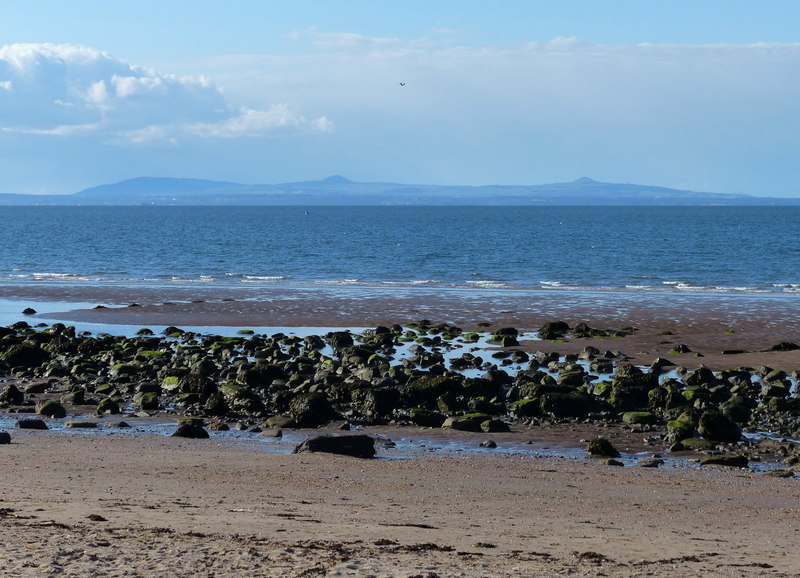Nature Conservation Order NCO

|
| Seton Sands and the Firth of Forth, which was designated as an NCO in 2006. |
Contents |
[edit] Introduction
In Scotland, Nature Conservation Orders (NCOs) are made to prevent damage to the natural features of specific areas of land. The Orders set out certain prohibited operations and the land to which they apply. NCOs may be issued by Scottish Ministers in situations where there are no other protective measures in place.
In England and Wales these measures are referred to as Special Nature Conservation Orders (SNCOs).
[edit] Where NCOs apply
An NCO may apply in or around certain designated areas, including:
- Sites of Special Scientific Interest (SSSI) as designated under the provisions of Chapter 2 of the Nature Conservation (Scotland) Act 2004.
- Within Natura sites as designated under Regulations 19 and 20 of the Conservation (Natural Habitats, &c.) Regulations 1994.
- Outside SSSI or Natura sites where Scottish Ministers deem there is special interest in natural features.
- Bordering or otherwise associated with any of the aforementioned types of land.
In August 2019, an NCO was made to prevent damage to, and removal of, Jurassic vertebrate fossils on Skye.
[edit] Sites of Special Scientific Interest and Natura sites in Scotland
Sites of Special Scientific Interest (SSSIs) are essential building blocks for nature conservation in Scotland. They are areas of land and water that serve as natural representations of Scotland’s natural heritage in terms of its flora, fauna, geology, geomorphology and a mixture of these natural features.
Many SSSIs are also designated as Natura sites – whether as Special Areas of Conservation (SAC) or Special Protection Areas (SPAs).
Natura sites are designated under the European Habitats and Birds Directives. Natura sites are intended to protect plants, animals and birds – some which are considered rare, endangered or vulnerable.
Natura sites are viewed as internationally important for threatened habitats and species. These sites are part of a collection of protected areas throughout Europe.
One additional piece of legislation, the Habitats Regulations, provides protection for SACs and SPAs in Scotland. This ensures that any plan or project that may damage a Natura site is assessed and can only proceed if certain strict conditions are met.
For more information see: Habitats regulations assessment.
[edit] Consequences of violating an NCO
Breaching an NCO is considered an offence. These protections are put in place to make it illegal to perform certain activities in specific areas and during designated time periods.
[edit] Related articles on Designing Buildings Wiki
IHBC NewsBlog
Old Sarum fire in listed (& disputed) WW1 Hangar - Wiltshire Council has sought legal advice after fire engulfed a listed First World War hangar that was embroiled in a lengthy planning dispute.
UK Antarctic Heritage Trust launches ‘Virtual Visit’ website area
The Trust calls on people to 'Immerse yourself in our heritage – Making Antarctica Accessible'
Southend Council pledge to force Kursaal owners to maintain building
The Council has pledged to use ‘every tool in the toolbox’ if urgent repairs are not carried out.
HE’s Research Magazine publishes a major study of the heritage of England’s suburbs
The article traces the long evolution of an internal programme to research 200 years of suburban growth
IHBC Context 183 Wellbeing and Heritage published
The issue explores issues at the intersection of heritage and wellbeing.
SAVE celebrates 50 years of campaigning 1975-2025
SAVE Britain’s Heritage has announced events across the country to celebrate bringing new life to remarkable buildings.
IHBC Annual School 2025 - Shrewsbury 12-14 June
Themed Heritage in Context – Value: Plan: Change, join in-person or online.
200th Anniversary Celebration of the Modern Railway Planned
The Stockton & Darlington Railway opened on September 27, 1825.
Competence Framework Launched for Sustainability in the Built Environment
The Construction Industry Council (CIC) and the Edge have jointly published the framework.
Historic England Launches Wellbeing Strategy for Heritage
Whether through visiting, volunteering, learning or creative practice, engaging with heritage can strengthen confidence, resilience, hope and social connections.













